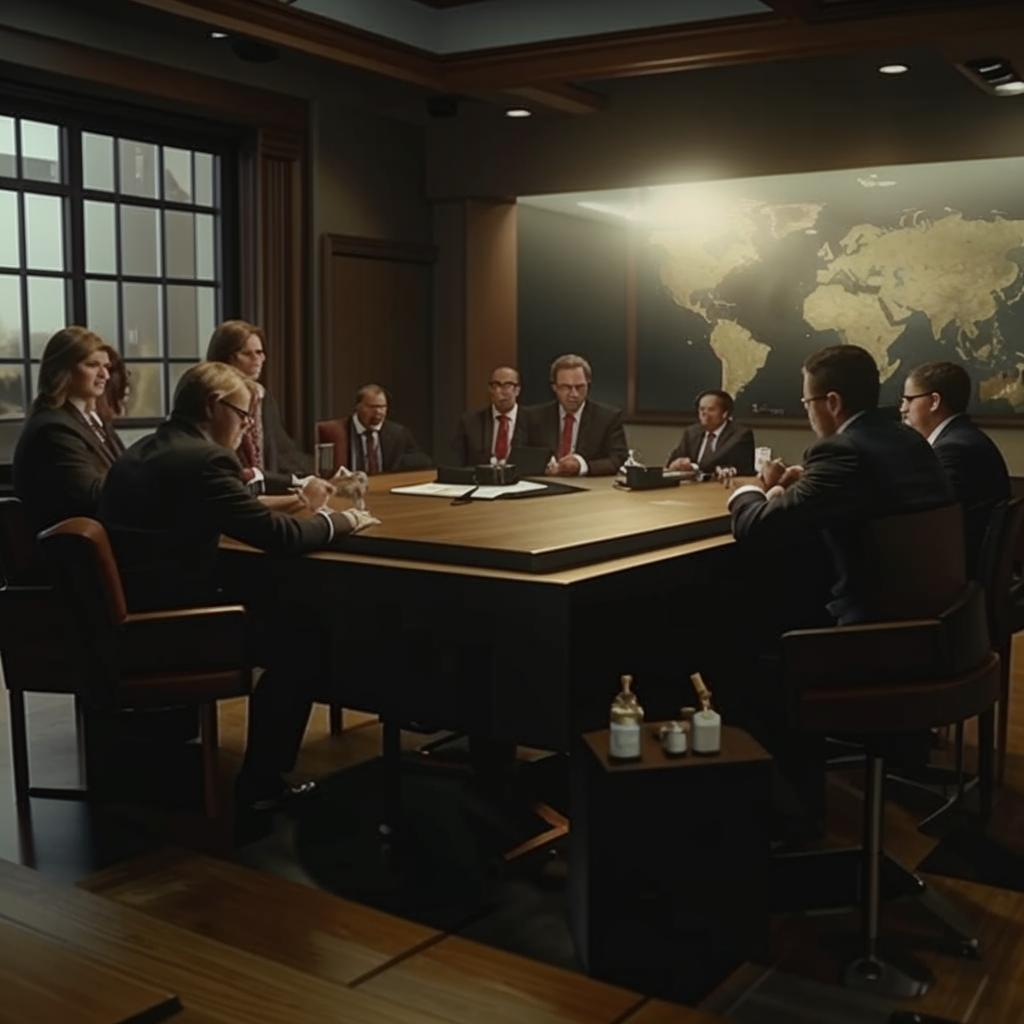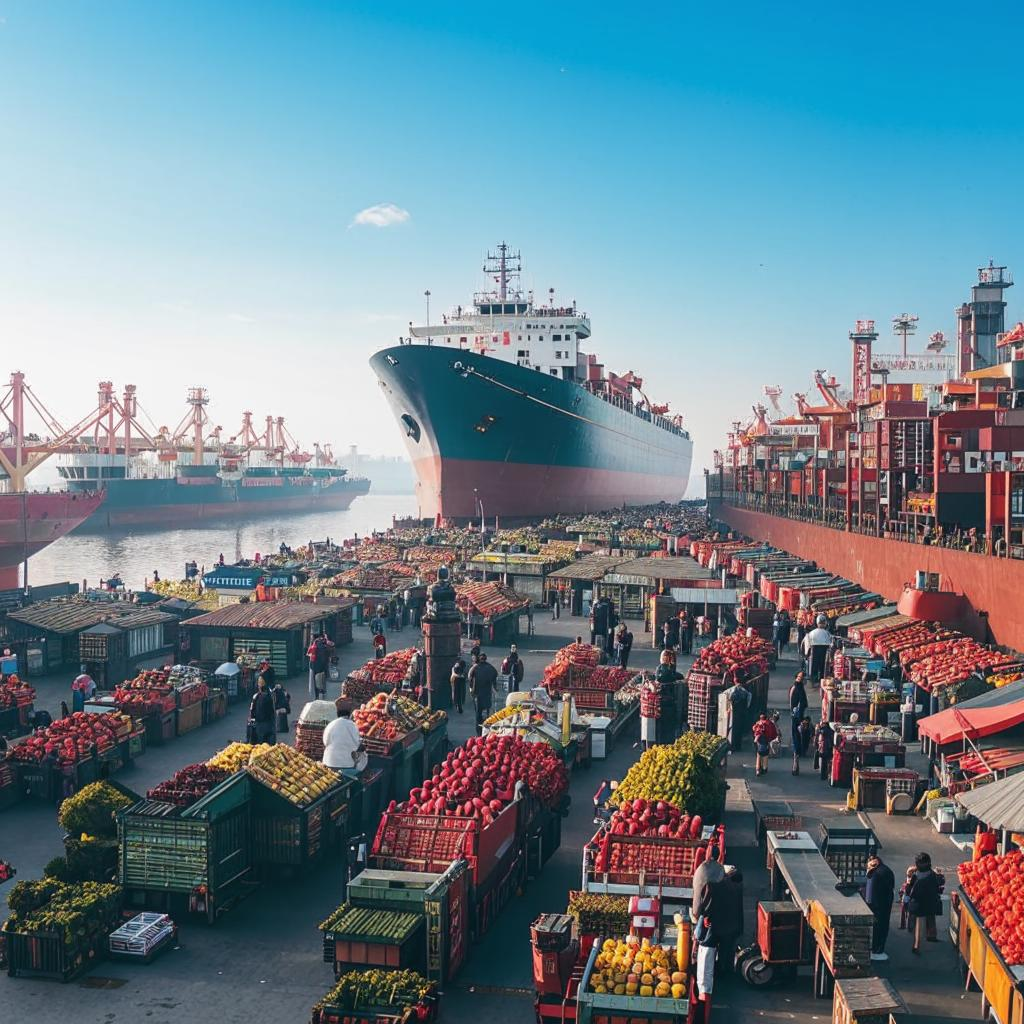Tariffs, taxes on imported goods, are a common tool used by governments to protect domestic industries or exert political pressure. But who really bears the cost? Economists generally agree that consumers and businesses ultimately pay tariffs through higher prices.
When a tariff is imposed on, say, imported steel, the price of steel rises. This makes imported steel more expensive, theoretically encouraging consumers to buy domestically produced steel. However, it also increases the cost for businesses that rely on steel, like manufacturers. These increased costs are often passed on to consumers in the form of higher prices for goods like cars and appliances.
The impact on the US economy can be complex. While tariffs might protect some domestic jobs, they can also lead to retaliatory tariffs from other countries, harming US exporters. This can trigger trade wars, disrupting global supply chains and increasing uncertainty. Moreover, tariffs can disproportionately affect lower-income households, who spend a larger percentage of their income on goods.
The effectiveness of tariffs as a tool for economic policy is debated. Some argue they can be useful in protecting strategic industries or negotiating trade deals. Others contend that they ultimately do more harm than good, distorting markets and raising costs for everyone. Understanding the multifaceted effects of tariffs is crucial for evaluating their impact on both individual consumers and the broader US economy.















